Building Bridges: How Team Mentorship Sparks Collaboration
Author : Ada Tai, MBA, CPHR, SHRM-SCP
I recently reconnected with Sue, who retired early and spent a year indulging in her hobbies. After a year of relaxation, she decided to return to the workforce. Sue used to be an office worker, but she always hankered for something more hands-on. This time, she became a frontline worker at a light industrial company. Being a newbie in this new world, Sue was determined to find some mentors. Thankfully, two young staff members stepped up to the plate, offering support whenever Sue faced challenges - such as figuring out how to use the machines or deciphering the safety protocols. Sue called these two her “team mentors,” and they quickly became her go-to resources.
At our firm, we embrace a team approach for many of our tasks. When complex client issues arise, even if there’s one main contact person handling inquiries, we keep a running log of questions that could benefit from a brainstorming session or different perspectives. Once we've got a balanced perspective and a decision, we document it for future reference. Larger projects often involve team members from various backgrounds and experience levels, all contributing to holistic problem-solving and professional growth. We make it a point to seek out diverse team members with a sharing mindset. Plus, this approach is like having your own personal backup team when someone's out sick or on vacation.
As the name suggests, team mentorship involves giving and receiving mentorship within your team, department, or company. Anyone on the team can take on the role of a mentor or mentee. Team mentors offer supportive guidance and encouragement to their colleagues, helping them navigate challenges and develop the skills needed for specific tasks or projects. While focusing on getting the job done, the benefits extend to personal and professional growth for both the mentor and the mentee.
Surprisingly, team mentorship is more common than we might think. For instance, when new hires join a company, they are often paired with a “mentor buddy” from the team to help them acclimate. Additionally, we frequently turn to trusted colleagues or those with technical expertise for task advice.
Team mentorship has many advantages:
- Enhanced collaboration : Team mentorship encourages open discussions about challenges and ideas, creating a safe space for colleagues to ask questions. When teammates help each other out, it's like building a bridge of support. Everyone feels more comfortable asking questions and sharing ideas, which sparks creativity and strengthens the team.
- Growth for Everyone : Mentorship isn’t just a one-way street; mentors and mentees expand their skill sets and perspectives, building confidence to propel their careers to new heights. It’s a win-win that enriches everyone involved!
- Engagement That Lasts : When employees acquire new skills, they often feel a deeper connection to their team and the organization. This sense of belonging and empowerment leads to lasting relationships and better engagement, making it less likely for talented staff to jump ship.
- Knowledge Transfer : Team mentorship is a fantastic way to pass on valuable technical know-how and organizational wisdom, ensuring that expertise and best practices are preserved within the business.
- Cost Savings : This approach saves businesses money by reducing the need for expensive training sessions. Sometimes, the best learning happens on the job, right in the team’s own backyard.
To set up an effective mentorship program, you need a solid foundation.
- Cultivating the Right Environment : Having the company culture and leadership styles is crucial. When leaders foster an open and inclusive atmosphere, everyone feels empowered to share and learn. Leaders should be committed to offering mentorship and being open to receiving support when necessary. Small advancements are beneficial for everyone's progress.
- Hiring for Curiosity : It is key to hire individuals willing to share their knowledge and collaborate; after all, closed-off attitudes can stifle the entire process.
- Harnessing Strengths : We’re usually hired for what we do best, so why not leverage those strengths in a team setting? Understanding each team member’s unique skills is vital for effective mentorship. A good leader knows how to tap into these strengths, saying, “You excel at this—why not lend a hand to someone who could use your expertise?”
- Setting Clear Goals : The purpose of team mentorship isn’t to delegate tasks or have someone complete them for you; it’s about empowering everyone to enhance their knowledge and skills, leading to better quality and efficiency in their work. It’s all about growth!
When team members feel free to share their unique viewpoints, mentorship turns collaboration into a lively exchange that sparks growth for everyone involved. By embracing effective team mentorship, organizations can cultivate a more supportive and dynamic work environment where collaboration thrives, and everyone performs at their best.
I see. I hear. I experience . is a column created by and written by Ada Tai, a chartered member of CPHR Alberta. The column is written in a blog format where Ada and invited co-authors will present their own experiences and interpretations of the world of human resources and its impact on business management. This and the subsequent posts are copyrighted materials by the author(s) and only reflect their personal views, not CPHR Alberta’s.
Author bio: With an MBA Degree, a CPHR, and an SHRM-SCP designation, Ada Tai has been working as an HR professional in a variety of industries for 16 years. Through her consulting firm, Ada and the team provide a variety of strategic and pragmatic management consulting services. Ada’s public speaking skills have enabled her to be regularly invited to speak about HR, people management, career search, and networking topics throughout the province. She is also a well-respected Instructor at local universities.
Contact information:
- Website: www.badab101.com
- Blogs: https://www.badab101.com/blog
- LinkedIn: adatai or BadaB-Consulting-Inc
- Facebook: @ badabconsulting
- YouTube: BadaB Consulting Inc.
BadaB Consulting Inc. provides a wide range of human resources solutions, including Strategic HR and Succession Planning, Organizational Design & Development, Merger & Acquisition Support, Recruitment, Skills Development Training, Compensation Design, Performance Management, Workplace Investigation, Policy Development, etc. Another specialty of BadaB’s services is personal job search and career coaching. The team has effectively helped over 500 people to find work.
The views and opinions expressed in this blog post belong solely to the original author(s) and do not necessarily represent the views and opinions of CPHR Alberta.





